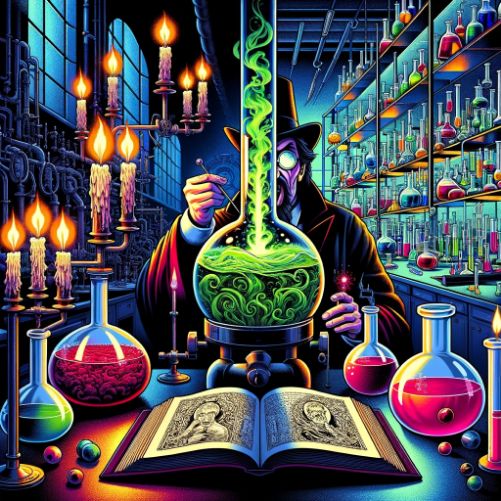Fire temperatures are surpisingly difficult to measure accurately
Physical Metrology – Measuring Fire Temperature
SOURCE https://web.archive.org/web/20080112141325/http://www.doctorfire.com/flametmp.html
Visited 1 times, 1 visit(s) today
Out. Will. Truth.

SOURCE https://web.archive.org/web/20080112141325/http://www.doctorfire.com/flametmp.html